Linux Device Drivers. 3rd Edition Jonathan Corbet, Alessandro Rubini, Greg Kroah-Hartman
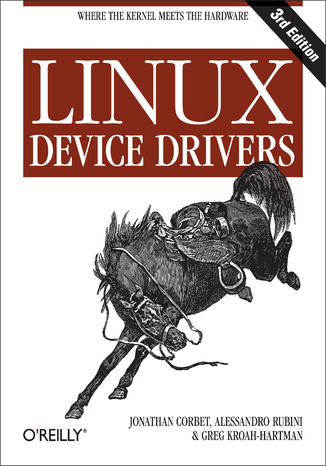



- Autorzy:
- Jonathan Corbet, Alessandro Rubini, Greg Kroah-Hartman
- Wydawnictwo:
- O'Reilly Media
- Ocena:
- Stron:
- 640
- Dostępne formaty:
-
ePubMobi
Opis
książki
:
Linux Device Drivers. 3rd Edition
Device drivers literally drive everything you're interested in--disks, monitors, keyboards, modems--everything outside the computer chip and memory. And writing device drivers is one of the few areas of programming for the Linux operating system that calls for unique, Linux-specific knowledge. For years now, programmers have relied on the classic Linux Device Drivers from O'Reilly to master this critical subject. Now in its third edition, this bestselling guide provides all the information you'll need to write drivers for a wide range of devices.Over the years the book has helped countless programmers learn:
- how to support computer peripherals under the Linux operating system
- how to develop and write software for new hardware under Linux
- the basics of Linux operation even if they are not expecting to write a driver
Wybrane bestsellery
O'Reilly Media - inne książki
Dzięki opcji "Druk na żądanie" do sprzedaży wracają tytuły Grupy Helion, które cieszyły sie dużym zainteresowaniem, a których nakład został wyprzedany.
Dla naszych Czytelników wydrukowaliśmy dodatkową pulę egzemplarzy w technice druku cyfrowego.
Co powinieneś wiedzieć o usłudze "Druk na żądanie":
- usługa obejmuje tylko widoczną poniżej listę tytułów, którą na bieżąco aktualizujemy;
- cena książki może być wyższa od początkowej ceny detalicznej, co jest spowodowane kosztami druku cyfrowego (wyższymi niż koszty tradycyjnego druku offsetowego). Obowiązująca cena jest zawsze podawana na stronie WWW książki;
- zawartość książki wraz z dodatkami (płyta CD, DVD) odpowiada jej pierwotnemu wydaniu i jest w pełni komplementarna;
- usługa nie obejmuje książek w kolorze.
Masz pytanie o konkretny tytuł? Napisz do nas: sklep@helion.pl
Książka drukowana


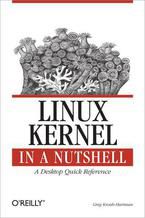

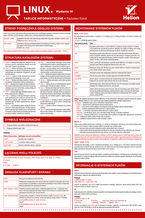
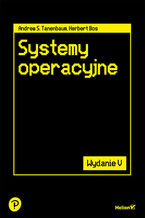
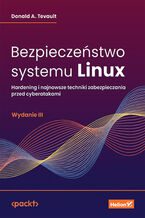
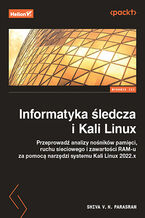
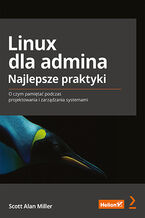
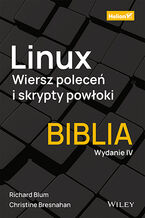
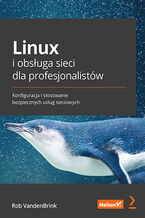
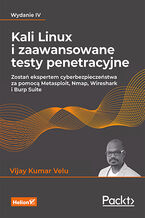
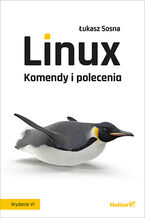
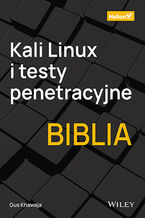






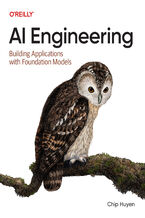
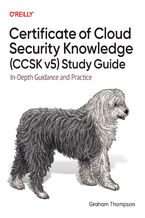
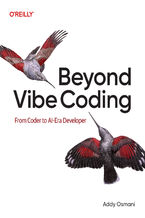
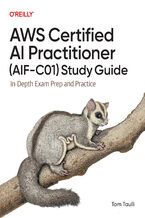
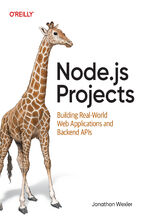
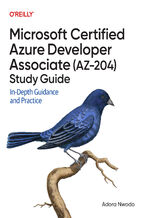
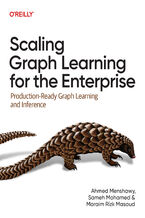
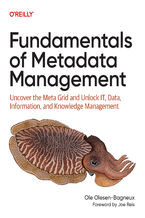
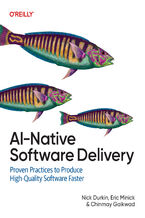




Oceny i opinie klientów: Linux Device Drivers. 3rd Edition Jonathan Corbet, Alessandro Rubini, Greg Kroah-Hartman
(0)